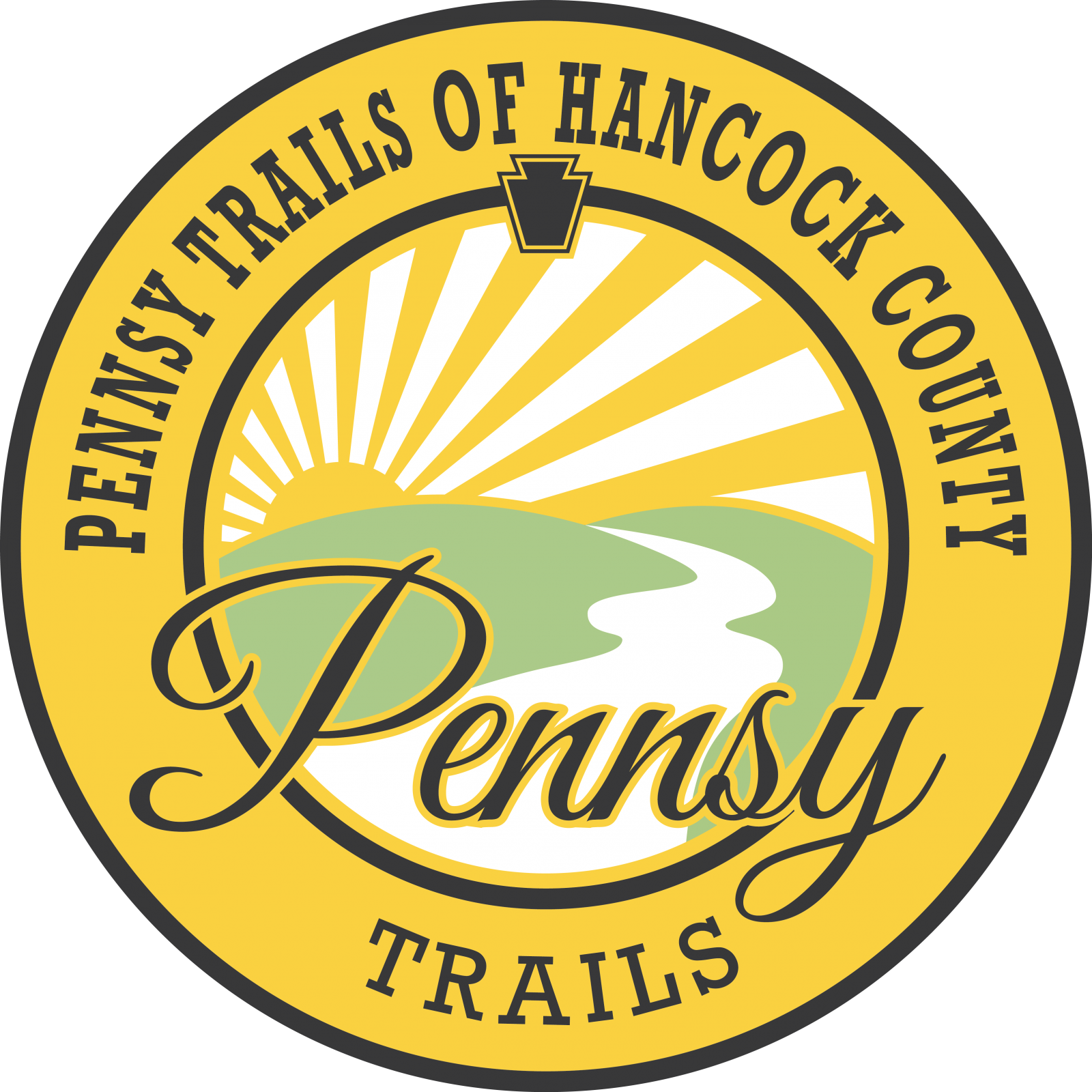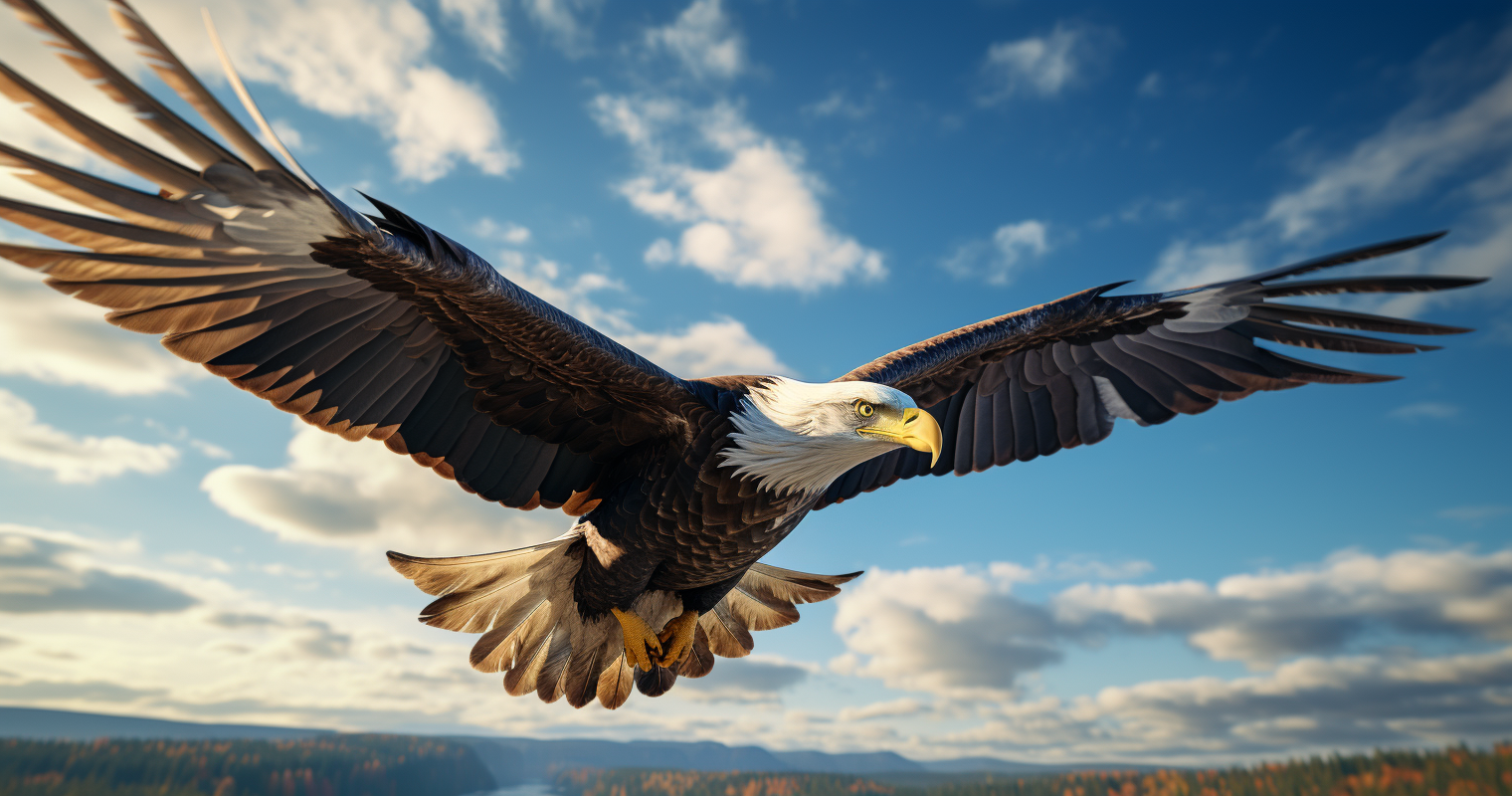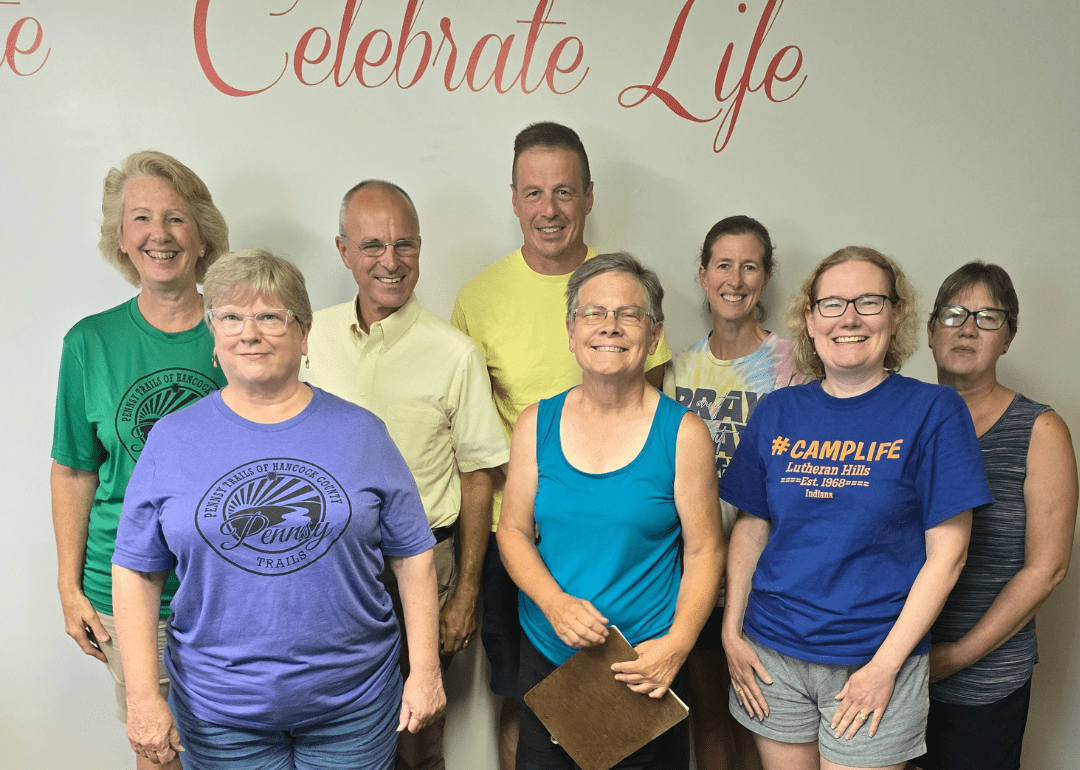Eagles are flying around Hancock County. Have you seen one? I have seen two in the past year.
The first American Bald Eagle I spotted was at 500 West and Sugar Creek. The Eagle sat there at least 3 hours as it was there when I returned from my trip. The Eagle was perched on a tall tree looking over Sugar Creek.
The second Eagle I spotted was on 450 West, Bittner Rd, as I was driving north of 400 South. The Eagle was flying away from the road. I looked and saw a medium size Eagle with the white head and tail. The white head and tail will appear at about 4 to 5 years of age, so this Eagle was young but most likely not full grown.
Eagles have been spotted nesting in the northeastern section of Hancock County. Eagles will return to their same nest every spring. A Department of Natural Resources (DNR) survey found Eagles are wintering here in Indiana. www.in.gov/dnr/fishwild/3383.htm.
Eagles have a wing span of up to 7 foot wide. That is longer than most tall adults. They may host up to 5 nests in a 2 mile square area. There are more than 300 nests counted during the last count in 2016. Eagles will stay in an area within 50-100 miles where of their original nesting place.
What do Eagles need to survive? First they need a place to perch on tall trees in a densely forested area with mature trees. They like to wander in search of new food and nesting spots. They want an isolated area located away from humans.
Sugar Creek Watershed is an excellent wildlife corridor for Eagles to wander. Sugar Creek Watershed runs through the middle of the county, covering a good one half of Hancock County. Eagles will stay within a couple of miles of a water source.
Eagles need an abundant food source, mainly fish, ducks, and reptiles. The United States Geological Survey Team (USGS) has identified 31 species of fish in Sugar Creek and sights Sugar Creek as one of the best habitats in the country. Eagles may eat up to 2 pounds of food at one time and may not eat every day.
Eagles are still protected by a Species of Special Concern and no longer considered an endangered species. There are no laws currently to protect their habitat so it important for us to consider their needs.
Wietbrock is a resident of New Palestine, Master Naturalist, Master Gardener, President of Pennsy Trails Group, Community Wildlife Habitat organizer, and Jacob Schramm Nature Preserve Land Steward. She can be reached at MAWietbrock@yahoo.com.


